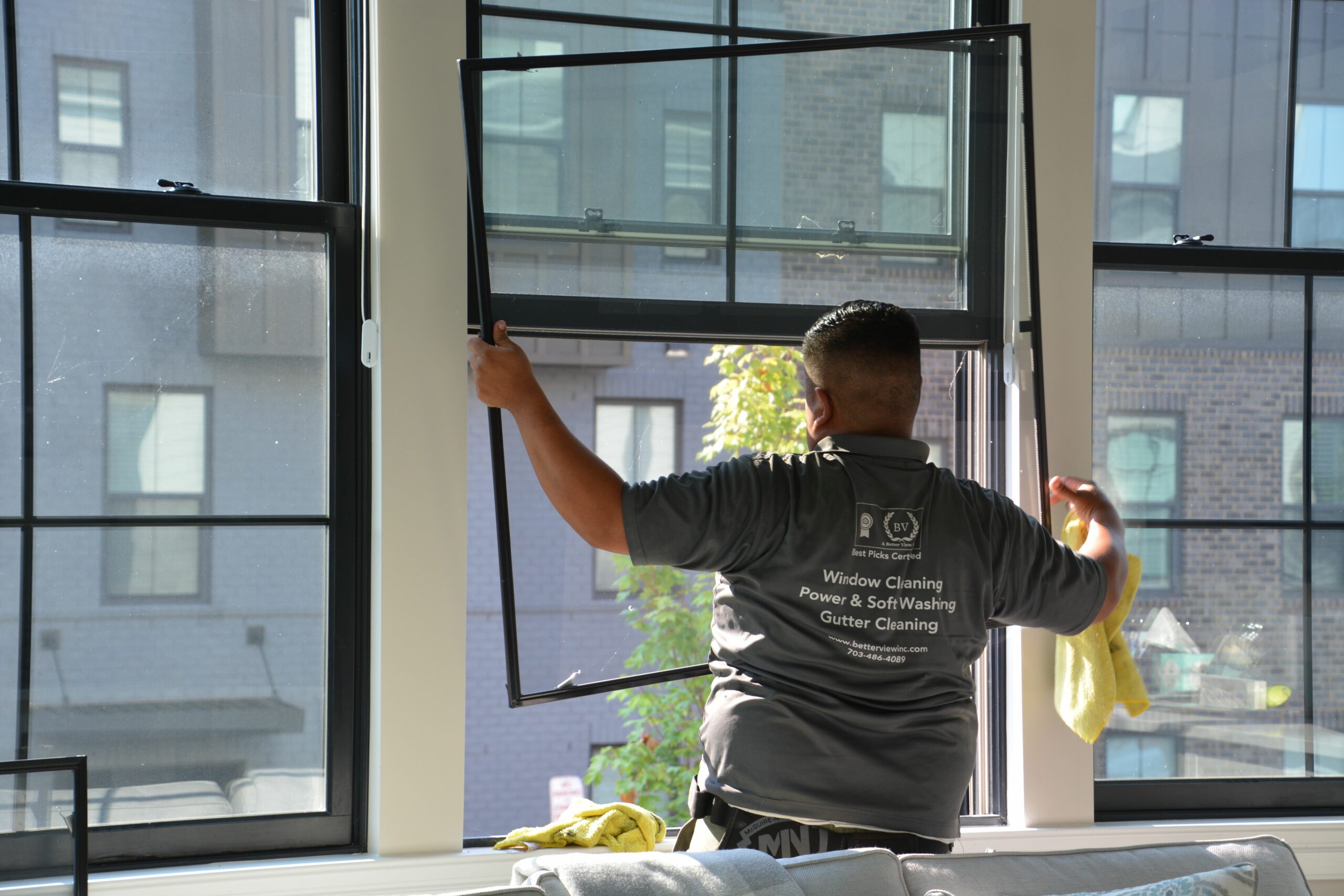
There’s something oddly enjoyable about looking through a sparkling clean window. Natural light floods in, and the view outside seems crisper and more vibrant. It’s no wonder many homeowners take window cleaning into their own hands. But despite the good intentions, DIY window cleaning can sometimes lead to more harm than good—especially if you’re not using the right techniques or tools. If you’re not careful, your windows could end up scratched, foggy, or even permanently damaged.
To help you avoid expensive mistakes, here are some of the most common window cleaning errors people make—and how to avoid them.
1. Using the Wrong Tools
One of the most common missteps in DIY window cleaning is using abrasive tools. It might be tempting to reach for a scouring pad or razor blade to tackle stubborn spots, but these can leave fine scratches on the glass surface. Over time, those small marks accumulate, dulling the clarity of your windows.
Instead, choose a microfiber cloth or a soft sponge. These are gentle enough not to scratch the glass but practical enough to lift dirt and grime. If you’re dealing with stuck-on debris, try soaking the spot with warm water and a little dish soap before gently wiping it away.
2. Cleaning on a Sunny Day
It seems logical to clean windows on a bright, sunny day so you can see what you’re doing. Unfortunately, this can actually backfire. When the sun is out, the heat causes your cleaning solution to dry quickly—too quickly. This can leave behind streaks, smudges, or even cloudy residue that’s tough to remove.
For best outcome, clean your windows on a cloudy day or early morning or evening hours. This gives you time to work with the solution before it evaporates, allowing for a streak-free finish.
3. Skipping the Dusting Step
Going straight to scrubbing your windows without dusting the sills, screens, and frames first can turn your cleaning job into a muddy mess. Dust and debris on the window frame can mix with your cleaning solution and smear across the glass.
Always start by dusting the area around your windows. Use a small handheld vacuum, duster, or even a dry microfiber towel to get rid of loose dirt. Once that’s done, you can move on to the glass itself with confidence.
4. Using Harsh Chemicals
Another big mistake is using strong chemicals like ammonia or bleach. While these products might seem effective, they can actually cause long-term damage to the glass, especially if it has a special coating for energy efficiency or UV protection. These harsh substances can also deteriorate window seals and corrode surrounding materials like aluminum or vinyl frames.
Stick to a mild solution—something as simple as vinegar mixed with water or a gentle, commercial glass cleaner. Not only is this safer for your windows, but it’s also better for your health and the environment.
5. Overusing Water
More is not always better. Drenching your windows with water might seem like a good way to rinse them thoroughly, but excess moisture can seep into window frames and lead to mold growth, wood rot, or warping over time. This is especially risky with older windows or those made of wood.
Use just enough solution to clean the surface, and make sure to dry the edges and corners with a clean towel afterward. This small step can go a long way in preserving your window’s structure.
6. Ignoring the Screens
Your window screens are the first defense against dust, pollen, and debris. If they’re dirty and clogged, they can cause your freshly cleaned windows to look grimy, regardless of whether your windows are clean. Plus, dirt can transfer from the screens back onto the glass when the wind blows or it rains.
Remove the screens and wash them gently with warm water and mild soap. Rinse them through and allow them to dry completely before reinstalling. Keeping your screens clean means cleaner windows for longer.
7. Forgetting About Safety
If your windows are on the second floor or higher, cleaning them yourself could be risky. Balancing on a ladder while reaching across wide panes is a recipe for disaster. It’s not worth the risk to your safety—or the risk of breaking the glass if you slip.
Consider investing in a window cleaning tool with an extension pole, or better yet, hire a professional for hard-to-reach windows. Knowing your limits is just as important as knowing the right cleaning technique.
Final Thoughts
DIY window cleaning can be both cost-effective and satisfying, but it’s important to approach the task with care. By avoiding these common mistakes—using the wrong tools, choosing the wrong weather, skipping essential steps, and using harsh products—you can keep your windows in top condition for years to come.
If you’re ever unsure, it’s perfectly okay to call in a professional. After all, clean windows are about more than just aesthetics—they help protect your home and improve your overall comfort. And when done right, the results truly speak for themselves.